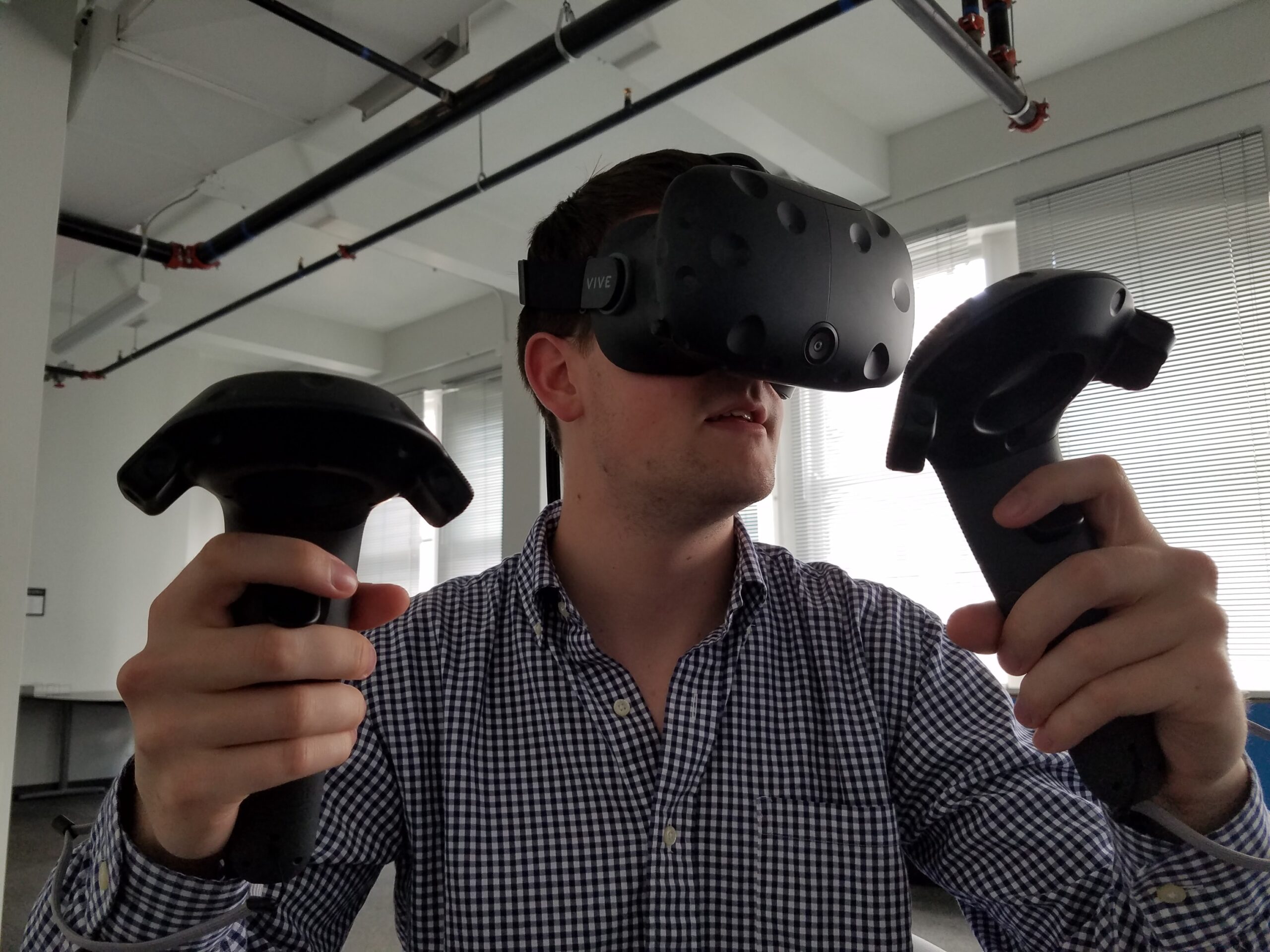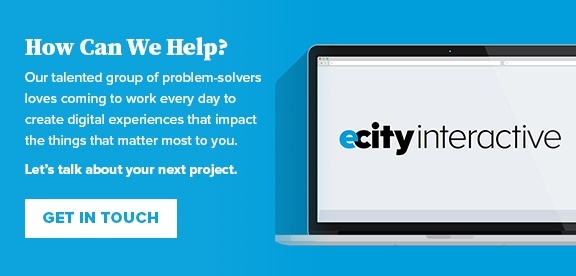Augmented reality vs. virtual reality: how many kinds of reality are there, anyway? With the popularity of games, apps, and tours that incorporate digital media in the real world, you may be wondering how your campus can incorporate these new technologies to attract and educate new students. The reality is that these features can add to any organization’s outreach strategy: here’s how they’ll transform the way prospective students and donors look at your campus.
What is Augmented Reality?
Augmented reality technologies use digital tools to create experiences that fuse the real world and digital content. People can interact with that digital content in real life. For example, Ikea has developed technology that allows you to virtually place Ikea’s furniture in your home, so that you can see what it would look like before you buy it. Augmented reality lets users experience a different kind of reality, and it’s an excellent choice for both prospective students and potential donors: after all, you’re asking them to view the world in a new and different way.
What is Virtual Reality?
Virtual reality creates a virtual world. In this virtual world, people can interact with elements as they would in the real world. The advantage is that they don’t need to leave their homes, so virtual reality can bring people to places that exist elsewhere or don’t exist in real life.
White Paper: How to Use Blogging to Attract Students to Your School – Download our guide and learn how to create and curate blog content for your school, create blog ideas, optimize blog posts to get found by prospective students and how to convert blog traffic into applications.
Using Augmented and Virtual Reality on Campus
When you’re debating using augmented reality vs. virtual reality, which tool is a better choice for your campus? Consider each one to be a part of your toolkit.
With augmented reality, you can bring campus tours to life. Develop a digital map that superimposes on the real world so that new students can guide themselves on tour. Add interactive videos so that visitors can see what happens inside each building and get an understanding of student experiences in each faculty. For donors, create a tour of your future building or campus feature, showing it as if it already existed on campus.
With virtual reality, you can bring your students and donors to your campus, even if they live far away. You may not be able to create an entire three-dimensional vision of your campus, but you can develop tours that go beyond the photo slide show. Add tour guides that dispense information as your visitors click on a map, or place video and audio of the campus into your tour. Many students can’t afford to visit all of their potential colleges, so they rely on virtual tours to give them a sense of campus life. Remember to introduce them to the social side of campus as well, including residences and recreation facilities.
As you work to draw in more students to your campus, you need to understand all of the tools that are available to you. At eCity Interactive, we have experience working with innovative technologies to help you expand your student body and your donor relationships.




